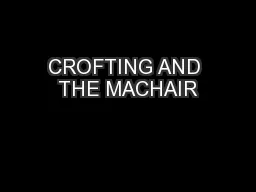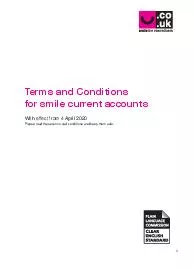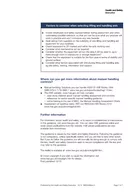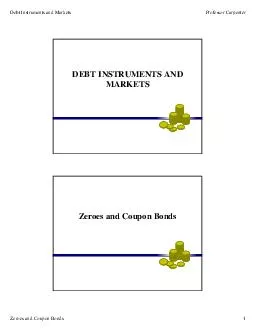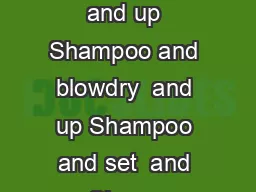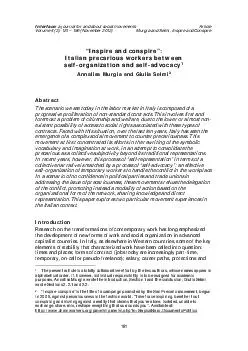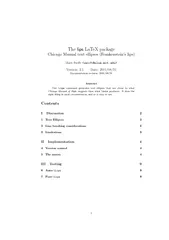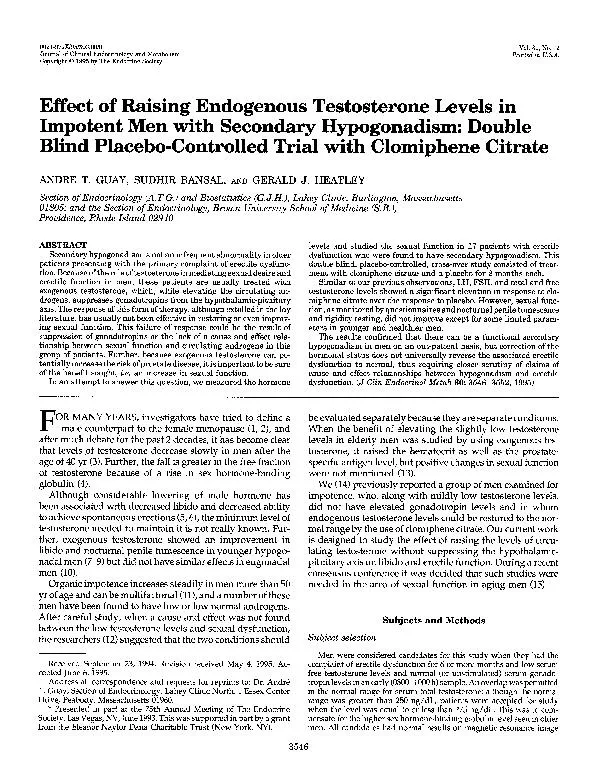PDF-CROFTING AND THE MACHAIR
Author : alida-meadow | Published Date : 2016-05-24
1 A short explanation about the machair on the Uists the abundant wildlife it hosts and the vital part crofting plays in maintaining this unique working landscape
Presentation Embed Code
Download Presentation
Download Presentation The PPT/PDF document "CROFTING AND THE MACHAIR" is the property of its rightful owner. Permission is granted to download and print the materials on this website for personal, non-commercial use only, and to display it on your personal computer provided you do not modify the materials and that you retain all copyright notices contained in the materials. By downloading content from our website, you accept the terms of this agreement.
CROFTING AND THE MACHAIR: Transcript
Download Rules Of Document
"CROFTING AND THE MACHAIR"The content belongs to its owner. You may download and print it for personal use, without modification, and keep all copyright notices. By downloading, you agree to these terms.
Related Documents

